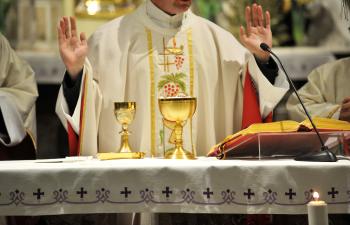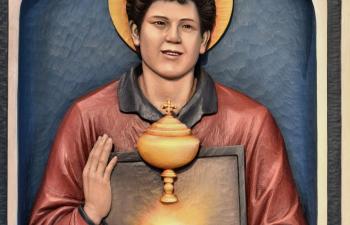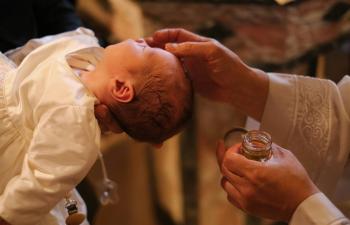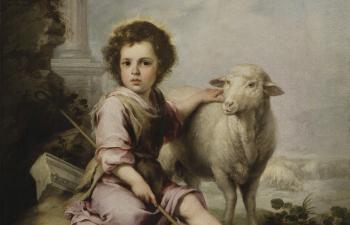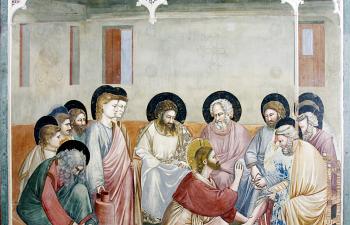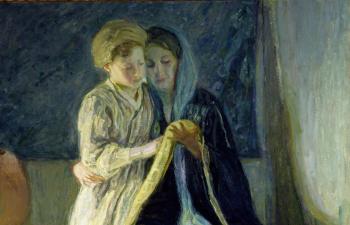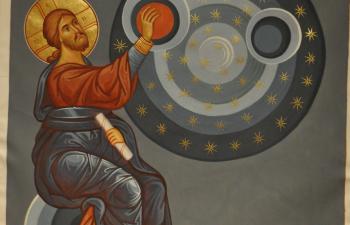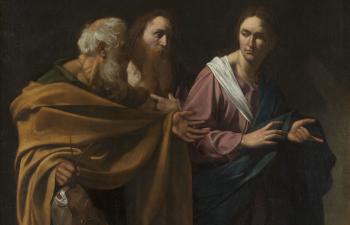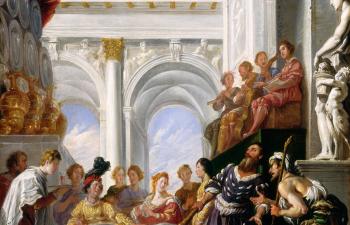The Gospel tells us clearly that Jesus Christ is both true God and true Man. Meditating on this Mystery, the Fathers of the Church concluded that the Blessed Virgin Mary must in some sense be Mother of God, and from the time of Origen (185-254 AD), the Virgin Mary was known as ‘theotokos’ or ‘God Bearer.’
In 429 this title was challenged by Nestorius, who held that Mary was the mother only of Christ’s humanity, and he coined the term ‘Christotokos’ or ‘Christ Bearer’ to describe her role in salvation history. Led by St Cyril of Alexandria, the Councils of Ephesus (431) and Chalcedon (451) rejected the teaching of Nestorius, pointing out that Christ’s human and divine natures were both fully present as a hypostatic union in the one Person of Christ. As mother of Jesus, Mary was therefore mother not only of Christ’s human nature, but also in a real sense of his divine nature. The Virgin’s title of ‘theotokos’ has never subsequently been theologically disputed.
In the Latin Church, the title was translated from the Greek as ‘Dei Genetrix’, ‘Mother of god’, and in this issue we will examine the way in which the great Dutch painter, Rembrandt, interpreted the idea of Mary as ‘ Mother of God’. The painting to be studied is his Holy Family, made in 1645, and presently hanging in the Hermitage Museum in St. Petersburg.
The rest of this online article is available for current Guild members.
This article is from The Sower and may be copied for catechetical purposes only. It may not be reprinted in another published work without the permission of Maryvale Institute. Contact [email protected]



